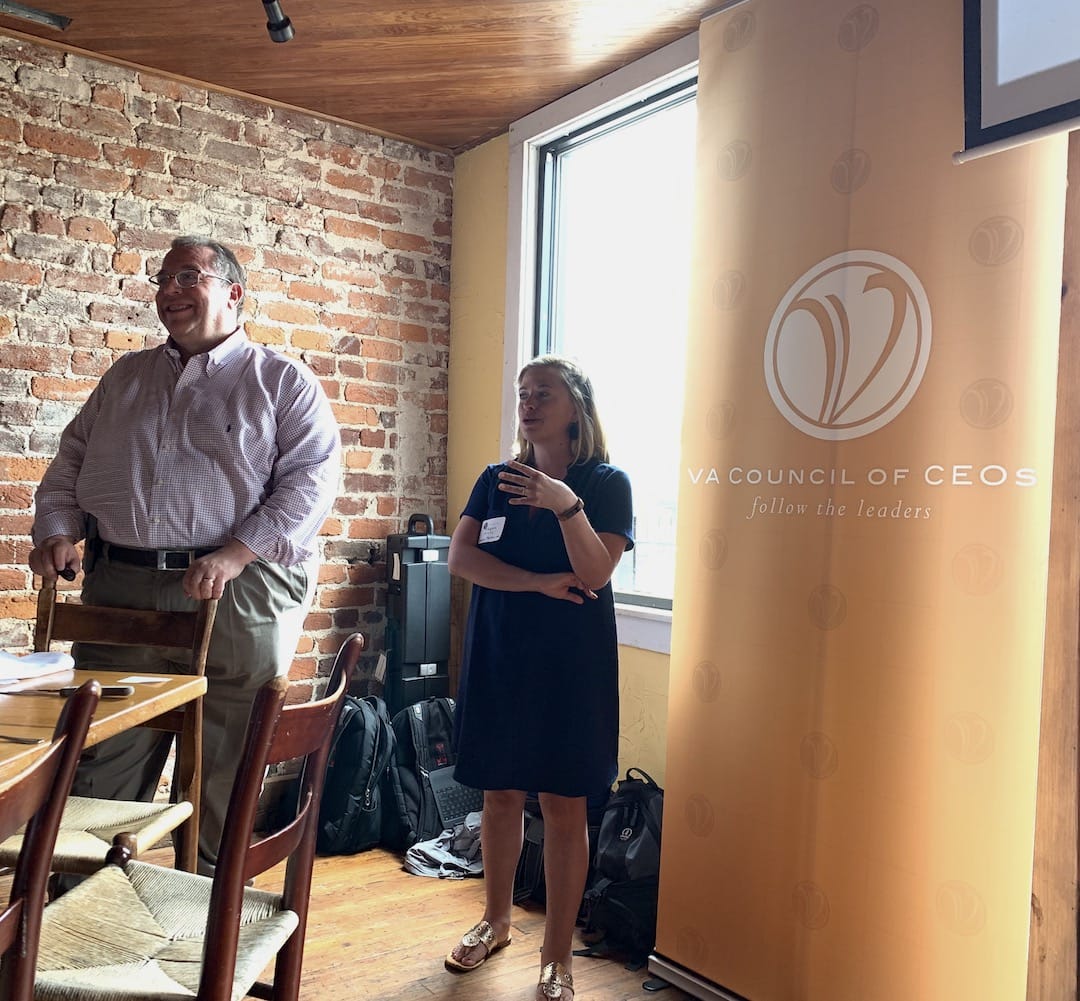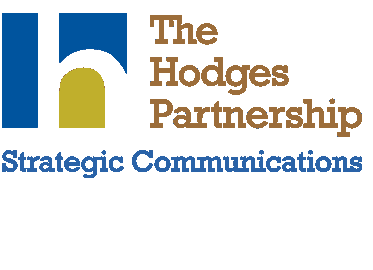6 Steps to Managing Today’s Public Relations Environment
Public relations today is about more than being quoted in the paper or online. PR today is about driving traffic, sales and business. What used to be newsworthy – anniversaries, new buildings, new hires – isn’t as newsworthy anymore. And gone are the days of relying on your favorite newspaper reporter to tell your story to the masses. Today’s savvy business owner is pushing out stories directly to their customers and prospects, bypassing traditional media outlets all together.
“In the good old days, when you thought about public relations, you thought about media relations and telling your story through the media,” says Jon Newman, CEO of The Hodges Partnership. “The media was a lot bigger, more robust then. We gauged success by how many placements we could get in newspapers.” Today, he says, newspapers are shutting down and TV news coverage is becoming even more niche. Technology and social media have changed the game.
Jon has been in the media relations industry for more than 25 years, and he and his colleague Megan Irvin recently shared their PR knowledge at a VACEOs Lunch & Learn event in Charlottesville, Virginia. We learned that we currently live in a time where content is king, but it’s the social-savvy storyteller who really rules the PR kingdom.
Here’s where to begin.
MANAGING TODAY’S PR ENVIRONMENT
STEP #1: DO YOUR HOMEWORK
To become a good storyteller, you need to know your audience. Spend some time internally with your team and figure out who your audience is, what they like and where they live. You may have three or four different audiences. (Jon and his team like to create marketing personas for each customer type to really get into the mindset of each segment.)
Once you know who you want to speak to, use that information to craft your key message. Important: Keep in mind that it’s not about you. In other words …
STEP #2: GIVE ‘EM WHAT THEY WANT (BUT STAY ON MESSAGE)
Don’t create stories or posts about yourself. Create content based on what your customer wants to hear. Jon and Megan suggest conducting informal focus groups, or informally interviewing customers or friends, to learn what to communicate. Ask them, “If you were a potential customer of ours, what are the types of things you’d want to hear from us?”
Know what topics and content your customers want to hear more about, but also hold tight and true to your brand.
“Know the key messages that you want to get across: ‘No collusion, no obstruction,’” says Newman. “What are your versions of that? What are the things you want to say? What are the three to five things you want to say over and over and over again? And if you’re in a service-oriented business, please don’t say that your customer service is better than anybody else’s, because everybody says that. Spend some time and really figure out what makes you different, what you’re going to sell.”
You know what you want to say. Now set specific goals for your content and make sure your internal team is on board.
STEP #3: SET YOUR GOALS
In general, there are three levels of content:
- generating brand awareness and website traffic;
- generating leads;
- associating your brand with a cause, topic subject.
New to the PR game? Start with creating content that builds brand awareness.
“The first level is about getting people to know your company and driving them to your website,” says Newman. “The second level – lead generation – is the world where you’re driving [prospects] to your website and you’re driving them to an offer, like a white paper or report, in exchange for their name, their title, their company and their email address.”
Once you have this fundamental information, you can use it to start building an email database and strategy to continue to nurture the business relationship over time.
The third level of content is brand journalism – “which is not as much about selling your product, but selling your brand in a way that people associate your brand with a certain movement or certain topic,” says Newman.

You know what you want to say. Now, where and how are you going to tell your story? Are you going to go the more traditional route, or are you going to go online and take advantage of social media, blog posts, podcasts, influencers, etc.?
A word about social media.
Newman cautions that the demographics behind the well-known platforms are changing. “Facebook, which used to be for my daughter, is now for my mother,” he says. “Instagram and Snapchat are now for my daughter and son. Twitter is for me, and YouTube is for everybody.”
LinkedIn and similar platforms offer business owners the ability to target the right audiences with the right message at the right time.
STEP #5) DON’T FORGET TO LEVERAGE YOUR INTERNAL TEAM
A subtle but important takeaway: Don’t forget to communicate your content strategy with your internal team before you launch a campaign. Also, be sure to keep everyone in the loop as posts go up, and make sure you regularly encourage team members to comment and share the content you’ve posted.
Make a point to commit to communication. Remind your employees of your PR goals and your key brand messages in staff meetings and in every internal communication — these are “little reminders along the way where they understand what your brand is and what you want,” Newman explains.
STEP #6) KEEP IT VISUALLY APPEALING. AND KEEP IT GOING!
The best content is dynamic and targeted, and not just written word. Think infographics, photos and video. “So, overall, [PR is] easier in a lot of ways – and it’s harder,” says Newman. “The stories need to be more defined. The audiences really need to be more defined. The content needs to be planned and ongoing. Once you start, this is not something you turn off. This is sort of a lifetime investment.”
The good news is that marketing technology, social media platforms and media companies like The Hodges Partnership offer business owners the data and information they need to create an actionable and trackable path toward success!
Headquartered in Richmond, VA, The Hodges Partnership specializes in media relations, social media and community management, corporate and internal communications, and much more. Learn more at http://hodgespart.com.



Leave a Reply